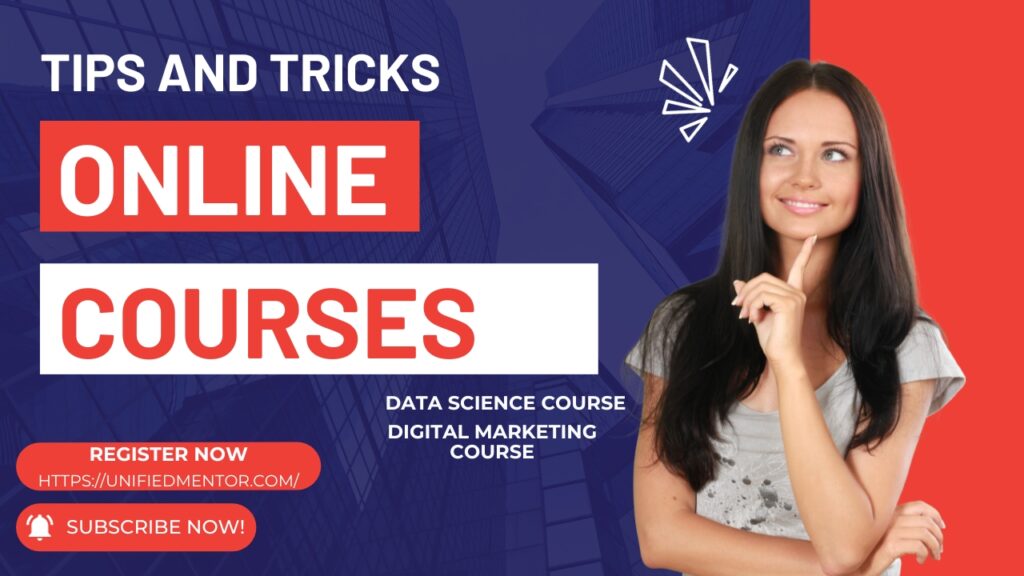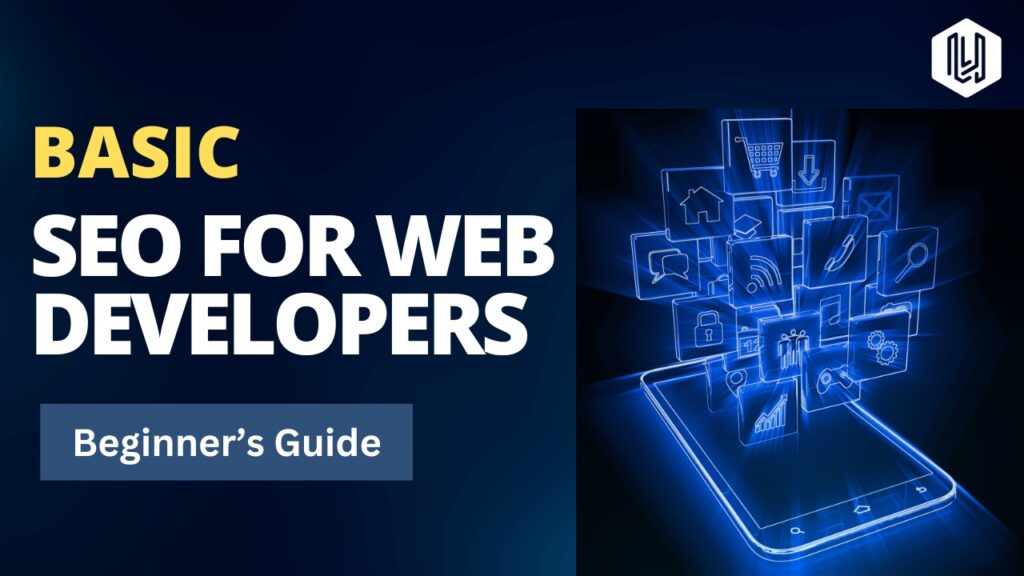Table of Contents
Introduction to Search Engine Optimization (SEO)
On-Page SEO Techniques for Beginners
Optimizing Your Website for Search Engines
Conclusion
FAQ’s
Introduction to Search Engine Optimization (SEO)
Search engine optimization, or SEO, is like a magic wand that makes your website more visible to people looking for information, products, or services on search engines like Google, Bing, and Yahoo. Think of it as an art and a science to get your website to appear on the first page of search results, where everyone can see it. In this blog post, we will detail the basics of SEO for web developers in simple, user-friendly language. We’ll unravel the essential aspects of SEO for web developers, focusing on both the critical role of Web Development and the on-page SEO techniques that can enhance a website’s visibility and impact on the internet.
In this ever-evolving digital age, where nearly everything is a click away, the significance of web development and the importance of Web Development Courses or Training cannot be overstated. It forms the bedrock upon which successful online businesses and informative websites stand, making it a pivotal factor in the world of Search Engine Optimization (SEO). In this blog post, we’ll unravel the essential aspects of SEO for web developers, focusing on both the critical role of web development and the on-page SEO techniques that can enhance a website’s visibility and impact on the internet.
On-Page SEO Techniques for Beginners
On-page SEO focuses on the factors you can directly control on your website to improve your search engine rankings. Here are some beginner-friendly techniques to get you started:
1. Keywords: Keywords are the words or phrases people use when searching. Research and choose relevant keywords for your content. Use them naturally in your website’s content, titles, and headings.
Research keywords that match what people might type into a search engine when looking for your content.
Use these keywords naturally in your content, like in your article or product descriptions.
2. High-Quality Content: Content is king in SEO. Write informative, engaging, and well-structured content that answers your audience’s questions. The better your content, the more likely it is that people will stay on your site.
Write helpful, interesting, and organized content that answers people’s questions.
Make sure your articles are easy to read and understand.
3. Meta Tags: Pay attention to meta tags, specifically the title and meta description. These are what people see in search results. Make them enticing, relevant, and keyword-rich.
Create a title that tells people and search engines what your page is about.
Write a short description that gives a sneak peek of your content to encourage people to click on it.
4. Header Tags: Use header tags (H1, H2, H3, etc.) to organize your content. These tags help search engines understand the structure and importance of your content.
Use headings (like titles and subtitles) to make your content easier to read.
It helps search engines understand the structure of your page.
5. Optimize Images: Compress images to reduce load times and use descriptive file names and alt text. This helps search engines understand what the images are about.
Compress your images so your website loads faster.
Give your images descriptive names and descriptions so search engines know what’s in them.
6. Mobile Optimization: Ensure your website is mobile-friendly. Google gives preference to mobile-friendly websites in its rankings.
Make sure your website looks good and works well on phones and tablets. Google likes mobile-friendly websites.
7. Page Speed: Faster loading times lead to better user experiences and higher rankings. Use tools like Google Page Speed Insights to identify and fix speed issues. A faster website not only improves the user experience but also boosts SEO. Slow-loading pages can lead to higher bounce rates and lower rankings, so optimize your site’s speed for better performance.
Speed up your website so it loads quickly when people visit.
Faster sites make visitors happier, and Google likes that.
8. Internal Linking: Link to other relevant pages on your website. This helps search engines navigate your site and understand the relationships between your content.
Add links to other relevant pages on your website within your content.
This helps visitors find more of your content and helps search engines understand your site’s structure.
9. User-Friendly URLs: Create URLs that are concise and include keywords when possible. A clean and descriptive URL structure makes it easier for both users and search engines to comprehend the content of a page.
Keep your website’s web addresses (URLs) simple and clear.
Avoid long and confusing URLs.
Optimizing Your Website for Search Engines
To optimize your entire website for search engines, you’ll need to go beyond on-page techniques:
1. Site Structure: Organize your website with a clear and intuitive hierarchy. A well-structured site improves user navigation and helps search engines index your content more effectively.
2. XML Sitemap: Create an XML sitemap and submit it to search engines. This helps search engines index your pages more efficiently. An XML sitemap is like a roadmap for search engines, guiding them to all the important pages on your site. Submitting it to search engines ensures that your pages get crawled and indexed.
3. Robots.txt: Use a robots.txt file to specify which parts of your site search engines should or should not crawl. This gives you control over what information is accessible to search engine bots.
4. Secure Connection (HTTPS): Google prefers secure websites. Ensure your site uses HTTPS to protect user data and boost SEO. Switching to HTTPS not only secures user data but also improves SEO. Google prefers secure websites and may rank them higher in search results.
5. Mobile-First Indexing: Prioritize mobile optimization, as Google primarily uses the mobile version of your site for indexing and ranking. Prioritize mobile optimization because Google primarily uses the mobile version of your site for indexing and ranking. A mobile-friendly design is crucial for SEO success
6. Social Signals: Share your content on social media platforms. Social signals can indirectly impact SEO by driving traffic and engagement. Sharing your content on social media can indirectly benefit SEO. When your content is shared and engages users on social platforms, it can drive more traffic to your website, which can positively impact your search engine rankings.
7. Regular Updates: Keep your content fresh and relevant. Regularly update and add new content to show search engines that your site is active and valuable. Continuously update and add new content to your website. Fresh and relevant content shows search engines that your site is active and valuable, which can lead to higher rankings and more organic traffic.

Conclusion
SEO is an ongoing process, and it can take some time to achieve significant results. However, by implementing these basic on-page and site-wide SEO techniques, you will continue to improve your site’s visibility and ranking on search engines. Remember, SEO is not about fooling search engines but about providing value to your audience. So, focus on creating quality content and optimizing your website for a better user experience. Happy optimizing!
FAQ’s
1. What is the role of keywords in SEO, and how do I choose the right ones?
Keywords are essential because they help search engines understand the content of your website. To choose the right ones, start by thinking about what words or phrases your target audience might use to find your content. You can also use keyword research tools to discover popular and relevant keywords for your niche.
2. How can I improve my website’s page speed for better SEO?
Page speed is crucial for SEO. You can improve it by optimizing images, using efficient coding practices, and using Content Delivery Networks (CDNs) to serve your website’s content faster to users around the world. Tools like Google Page Speed Insights can help you identify specific areas that need improvement.
3. What’s the difference between on-page and off-page SEO?
On-page SEO refers to the strategies and optimizations you can control directly on your website, such as content, keywords, and meta tags. Off-page SEO, on the other hand, involves activities outside your website, like link building and social media promotion, to improve your site’s authority and reputation.
4. How can I monitor the effectiveness of my SEO efforts?
You can monitor your SEO efforts using tools like Google Analytics and Google Search Console. These tools provide insights into your website’s traffic, keywords that drive visitors, and any issues that might affect your site’s performance. Regularly reviewing these metrics can help you refine your SEO strategy.
5. Is it possible to over-optimize my website for SEO?
Yes, it’s possible to overdo SEO, which can lead to negative consequences. This is known as “over-optimization.” It occurs when you stuff your content with too many keywords, create unnatural-looking links, or engage in other practices that violate search engine guidelines. Focus on providing valuable content for users, and avoid any tactics that may seem manipulative to search engines. Unified Mentor is an online learning platform that offers user-friendly certification courses and training. Learn and excel in your chosen field with ease. I hope you will like our platform and courses.

